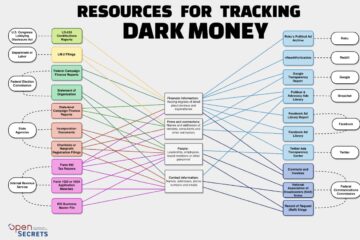I remember the first time I faced gunfire as a journalist. I’d been covering political protests when my newspaper got a call one morning that “something” was going to happen in the city center. A bunch of journalists gathered at a street corner, waiting, when a man showed up with an automatic rifle and fired into the crowd. He was kitty-corner from me; there was nowhere to run. Everyone fell to the ground. I tried to hide behind a bit of concrete. The man fired every bullet in his clip, reloaded, and fired again.
It was another 17 years before I took my first Hostile Environments and First Aid Training (HEFAT), thanks to the International Women’s Media Foundation. In the interim, I faced more guns, grenades, and small bombs. I was trampled in a mob as police beat protesters around me (a truncheon against human bones is a sound you never, ever want to hear). In all of those times, I wished I’d had more training. I wished I’d been taught how to survive – and how to save a life.

The violence I witnessed in the past was a continent away, but violence – guns, gas, truncheons – works the same everywhere.
This week, a man was shot during an Albuquerque protest. For weeks, New Mexico journalists have been risking their safety, covering news as it happens. How many have been trained to work through a protest? Drag an injured colleague to safety? Treat a gunshot or stab wound? Evade gunfire or mobs with sticks? Escape from handcuffs or restraints?
Newsroom managers: are your reporters prepared for these risks? Do you have a plan?
Many organizations have been offering online trainings in risk management, personal safety, and first aid. We at SPJ Rio Grande have been noting & promoting these events as they appear. As a professional organization representing a wide and diverse community of journalists across New Mexico, we ask all newsroom managers to do everything they can to ensure their reporters, photographers, and videographers stay safe while on the job. Here is a place to start.
Follow us to learn more. If you find a relevant webinar or course or if you have an idea for training, let us know. If there is any way we can help, reach out. We want to help New Mexico journalists stay safe as they do their jobs. And we encourage all newsroom managers to learn more about how to prepare and plan for the unexpected.
It’s easy to put this on the back burner, thinking, someday, I should learn how to navigate an emergency. Well, the time is now. Don’t wait until it’s too late. It’s terrifying and dangerous to be in the thick of it – and have no idea what to do.
– Karen Coates
President, SPJ Rio Grande Chapter


